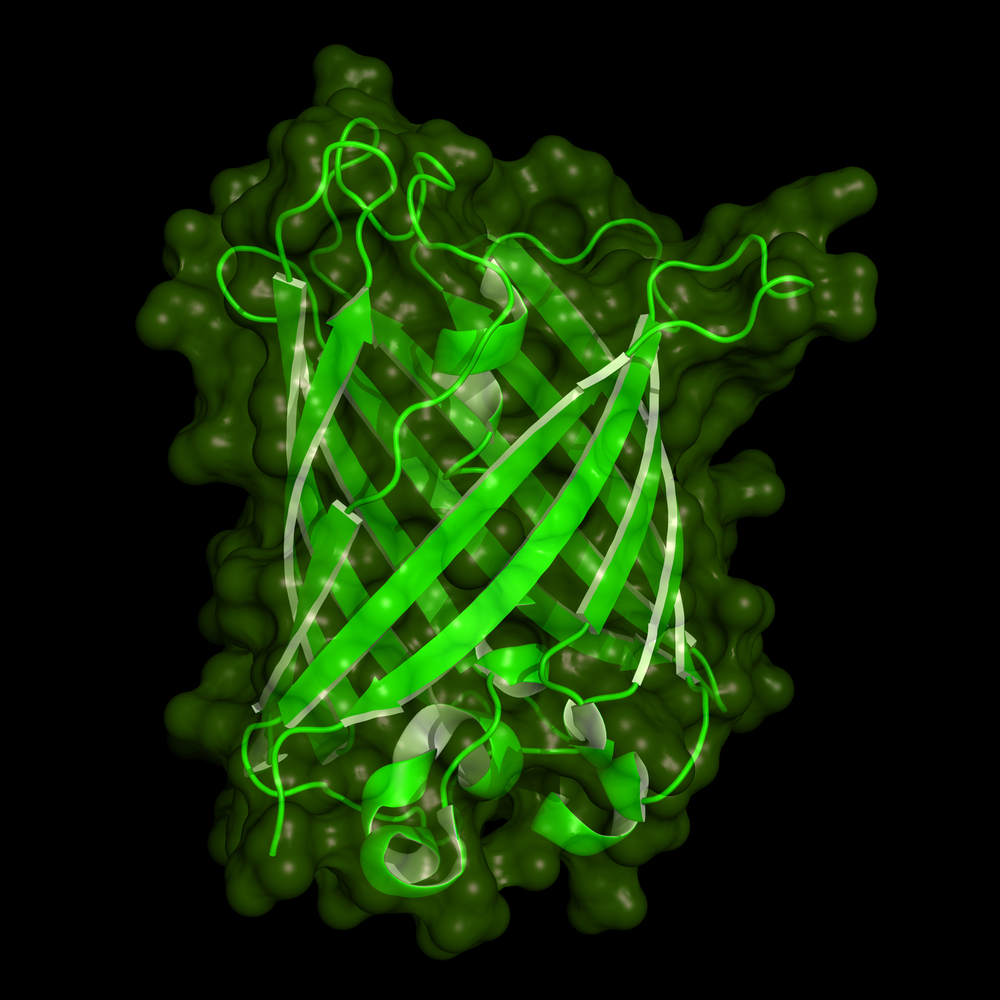In a new study entitled “Detection of pathological biomarkers in human clinical samples via amplifying genetic switches and logic gates,” researchers at the University of Montpellier in collaboration with colleagues at Stanford University successfully engineered bacteria, specifically Escherichia coli, capable of detecting glucose in urine (a condition known as glycosuria and a marker for onset or presence of uncontrolled diabetes), functioning as a living diagnostic device for diabetes. The study was published in the journal Science Translational Medicine.
Bacteria can be used as biosensors (short for “biological sensor”), i.e., where a biological response is converted into a readable signal. These biosensors are designed by introducing a reporter gene (i.e., a gene that encodes a mechanism inside the cell producing a detectable cellular response) inside bacteria, meaning that in the presence of a “pathological” signal it generates a chemical or physical change. While these biosensors offer great promise as diagnostic tools, working as living diagnostic devices, their use has been limited due to poor signal detection in complex patient samples. In this new research, scientists used synthetic biology tools to redesign bacteria functions, prompting them to perform functions mimicking those observed in electronic circuits. Specifically, they engineered the bacteria Escherichia coli to detect relevant disease biomarkers in human urine and serum. When these “contaminants” in human samples reach a threshold, bacteria produce a visible change in sample color.
The team tested their system in human samples, specifically in urine samples of both healthy individuals and diabetic patients, obtained from the Department of Endocrinology of the Lapeyronie Hospital in Montpellier, France. The team showed that the Escherichia coli biosensors, called bactosensors, where bacteria were encapsulated in hydrogel balls, detected abnormal levels of glucose in diabetic patients’ urine.
The newly engineered bactosensors brings scientists closer to a future where fast, versatile, easy-to-use, and reliable point-of-care diagnostic devices will be available in clinics based on living cells to perform in vivo diagnostics. However, a series of issues concerning commercialization, regulation and safety concerns related to the use of engineered living organisms needs to be discussed before such devices can reach the clinics.


